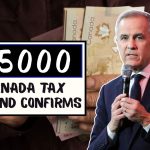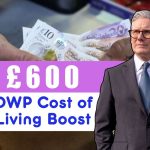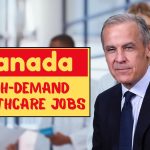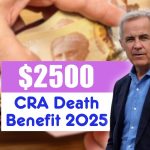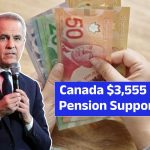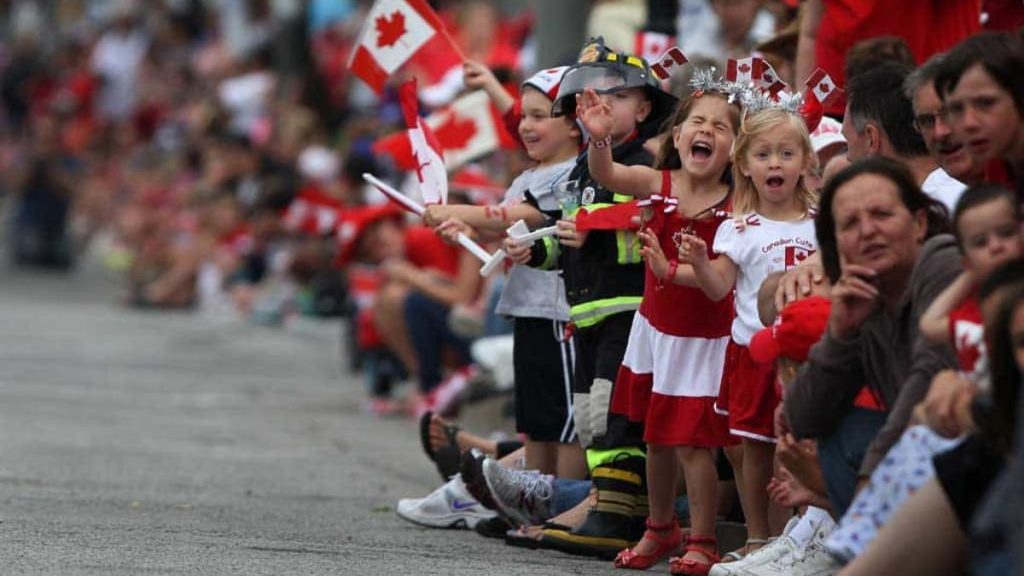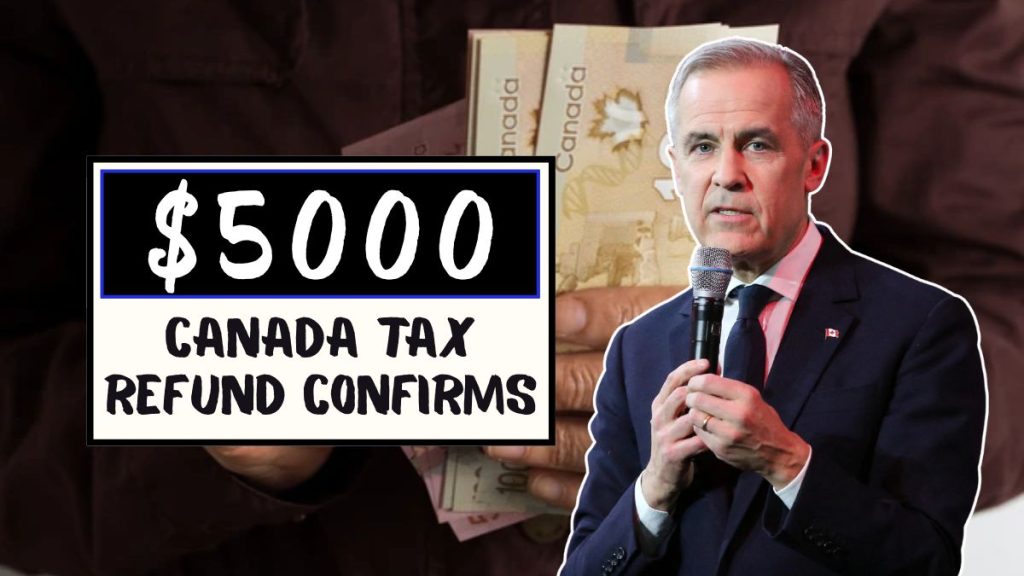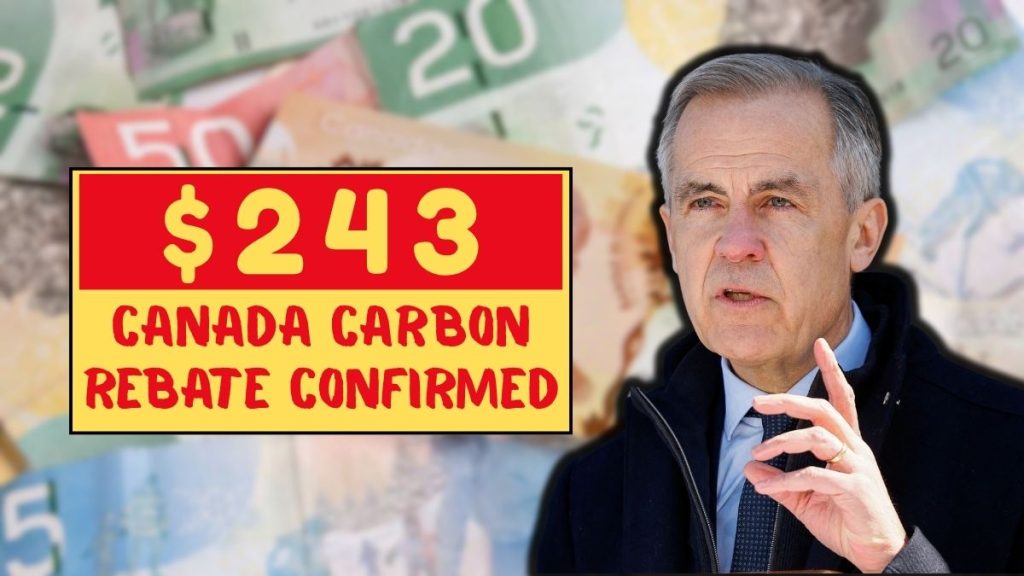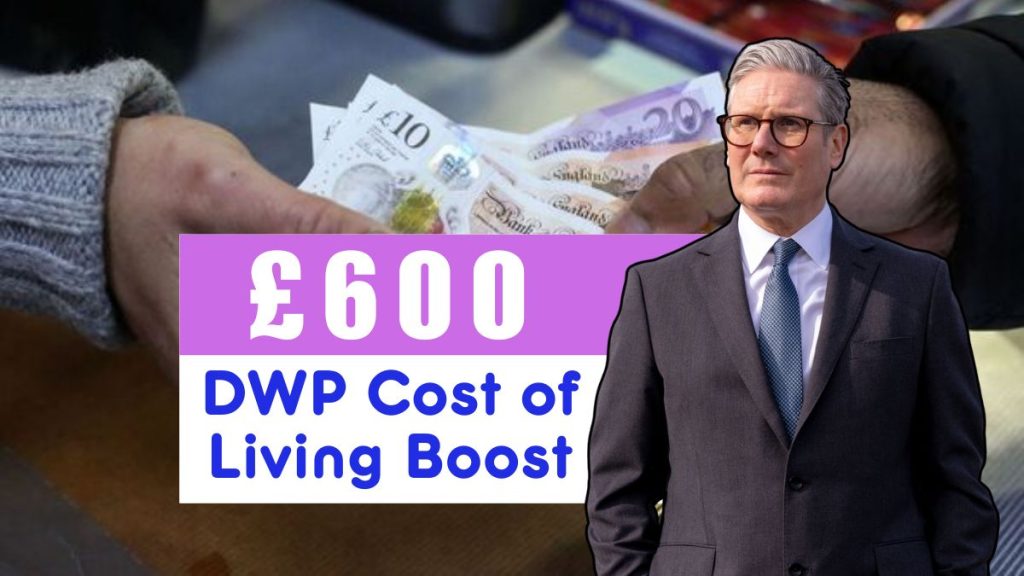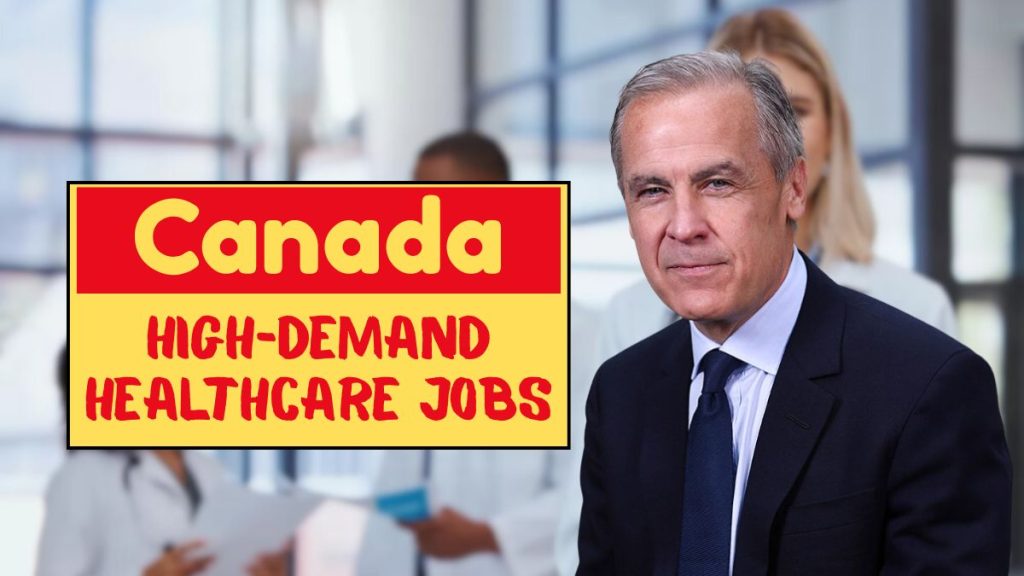The phrase “DWP £500 one-off support in October 2025” has been spreading rapidly across social media, news sites, and community forums. For millions of households still battling high food costs, expensive energy bills, and rising housing expenses, this rumour raises a crucial question: is it real, and who might receive it?
The Department for Work and Pensions (DWP) has a track record of stepping in with emergency payments. Between 2022 and 2024, millions of people received Cost of Living Payments (COLP) worth £299–£650. These lifelines helped families survive the toughest inflation period in decades. Now, speculation suggests that in autumn 2025, eligible claimants could see another top-up — this time £500 in one go.
What Is the DWP £500 One-Off Support?
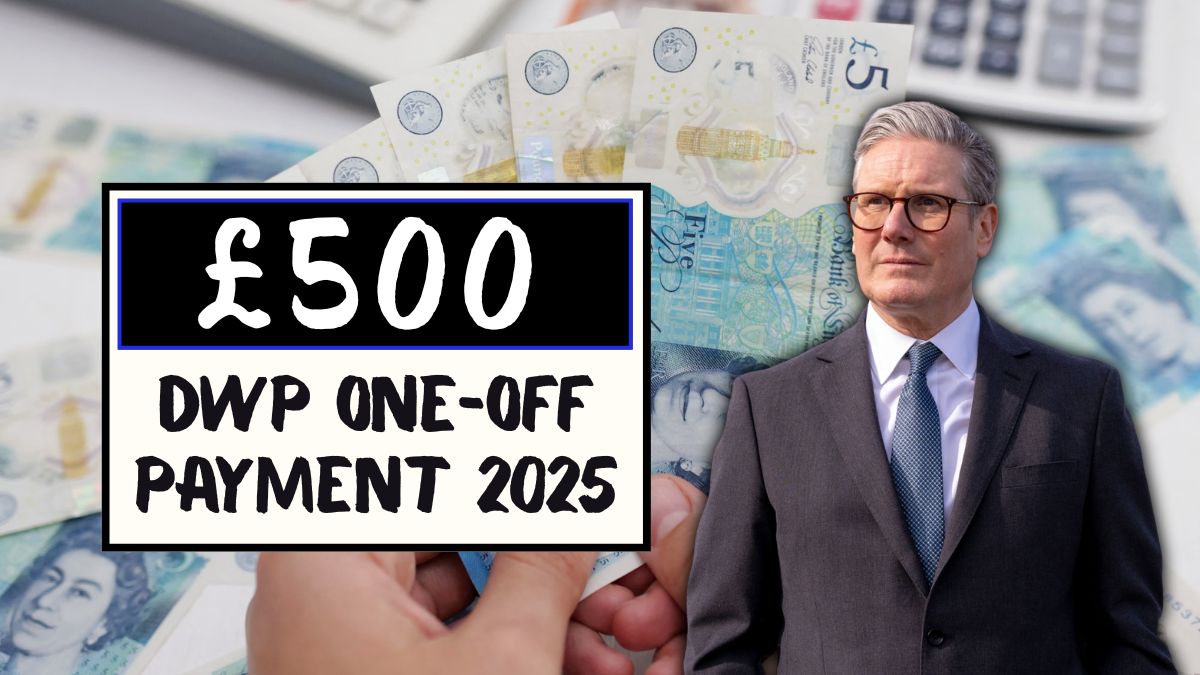
The rumoured payment is described as a single £500 lump sum designed to ease financial pressure for families and pensioners. Reports suggest it could be rolled out between September and December 2025, reaching households by late autumn.
But here’s the important part: the government has not officially confirmed this scheme. The official GOV.UK Cost of Living Payments page still states that no further payments are planned.
So, until the Treasury or ministers make an official announcement, this remains speculation.
Why the £500 Rumour Matters So Much
The UK’s cost-of-living squeeze hasn’t ended. Even with inflation cooling since its 2022 peak, essentials remain painfully high:
- Food prices – Still around 25% higher than in 2021 (ONS data).
- Energy bills – Remaining elevated despite government interventions.
- Housing costs – Rent and mortgage rates close to record highs.
For someone on Universal Credit or Pension Credit, £500 could mean:
- Covering winter gas and electricity bills
- Paying down part of rent arrears
- Funding several weeks of groceries
This is why the idea of a £500 payment has caught fire — because the need is real.
A Look Back: Cost of Living Payments (2022–2024)
To understand the current expectations, we need to look at the past.
- Between 2022 and 2024, the government rolled out Cost of Living Payments worth £299 to £650.
- Eligible groups included Universal Credit, Pension Credit, ESA/JSA recipients, and separate amounts were paid for disability benefits like PIP and Attendance Allowance.
- Payments were automatic, with no need to apply.
These schemes built a public expectation: that during crises, the government steps in with direct financial support.
Who Could Qualify in 2025?
Although no official list exists yet, eligibility for a £500 scheme would almost certainly mirror past COLP rules. Likely qualifying groups include:
- Universal Credit claimants
- Pension Credit recipients
- Income-related Employment and Support Allowance (ESA)
- Income-based Jobseeker’s Allowance (JSA)
- Income Support
- Housing Benefit claimants (depending on rollout design)
It’s also possible that disability benefits such as PIP, DLA, or Attendance Allowance would either be included or run alongside in a separate scheme, just as in previous years.
A crucial detail will be the qualifying date — the specific week when you must already be in receipt of benefits to count. Miss that date, and you risk being excluded.
When Could Payments Arrive?
While nothing is confirmed, media reports suggest the rollout could begin as early as 15 September 2025. Based on past timelines, this is what looks realistic:
- Mid-September 2025 – First phase of payments.
- October–November 2025 – Majority of households receive the £500.
- December 2025 – Final payments for late processing or account checks.
This timing aligns with the winter season, when heating and electricity costs hit their peak.
How Many People Could Benefit?
DWP statistics show just how large the impact could be:
- 24 million people were on some form of DWP benefit as of February 2025.
- 10 million were working-age claimants
- 13.2 million were of state pension age
- 0.8 million were under 16 (receiving disability allowances)
- 3.7 million were on PIP
- 1.3 million were on DLA
- 1.9 million were on Attendance Allowance
If even half of these households received £500, the cost to the Treasury would exceed £6 billion. If nearly all qualified, it could rise to £10–12 billion. This explains why government confirmation has been cautious.
Why Hasn’t the Government Confirmed It Yet?
At the time of writing, the official GOV.UK website states there are no more Cost of Living Payments planned. Reasons for the silence could include:
- Budget planning – Treasury may still be assessing affordability.
- Politics – Major announcements often come during the Budget or Autumn Statement.
- Policy choices – The government could opt for targeted fuel subsidies or other supports instead of a flat £500.
Until an official statement is made, treat any claims of confirmed dates or amounts as rumours only.
Possible Risks and Challenges
If the scheme does go ahead, challenges will remain:
- Eligibility disputes – Some groups may feel unfairly excluded.
- Overpayments – Mistakes could lead to DWP reclaiming funds later.
- Fraud and scams – Criminals may exploit the rumour to steal personal data.
- Delays – Political or technical issues could slow rollout.
- Inflationary risk – Injecting billions into the economy could raise inflation slightly.
What Claimants Should Do Now
If you’re wondering how to prepare, here are key steps:
- Check your benefits – Make sure your Universal Credit, Pension Credit, or ESA/JSA is active.
- Update bank details – Outdated accounts are the top cause of payment failures.
- Rely only on GOV.UK – This is the only source of official updates.
- Ignore scams – The DWP will never text or email asking you to apply.
- Budget cautiously – Don’t count on £500 until it’s confirmed.
Advice for Professionals and Councils
For housing officers, social workers, and community advisors, this rumour could quickly translate into pressure from clients. Steps to prepare include:
- Creating FAQ sheets to handle queries.
- Training staff to spot scam communications.
- Running budget scenarios for clients with or without the payment.
- Coordinating with local councils and charities to prepare for a spike in demand.
Real-Life Scenarios
- Maria, a single mother on Universal Credit: Would use the £500 to pay her winter heating bills and buy uniforms for her children.
- George, a pensioner on Pension Credit: Would invest in insulation to cut future heating costs.
- Rachel, a new UC claimant in November 2025: Could miss out if the qualifying date is in September.
These examples highlight why clarity on eligibility dates will be critical.
FAQs – DWP £500 One-Off Support
Q1. Has the £500 payment been confirmed by the government?
No. As of now, the DWP has not confirmed any new one-off £500 payment.
Q2. Who would qualify if it is introduced?
Likely groups include Universal Credit, Pension Credit, ESA, JSA, and Income Support claimants. Disability benefits may also be included.
Q3. When could payments be made?
If approved, payments may roll out between September and December 2025.
Q4. Do I need to apply for the £500?
No. Like past schemes, payments would likely be automatic for eligible claimants.
Q5. How can I avoid scams related to the £500 rumour?
Always check GOV.UK, never share personal details by text/email, and report suspicious messages.


